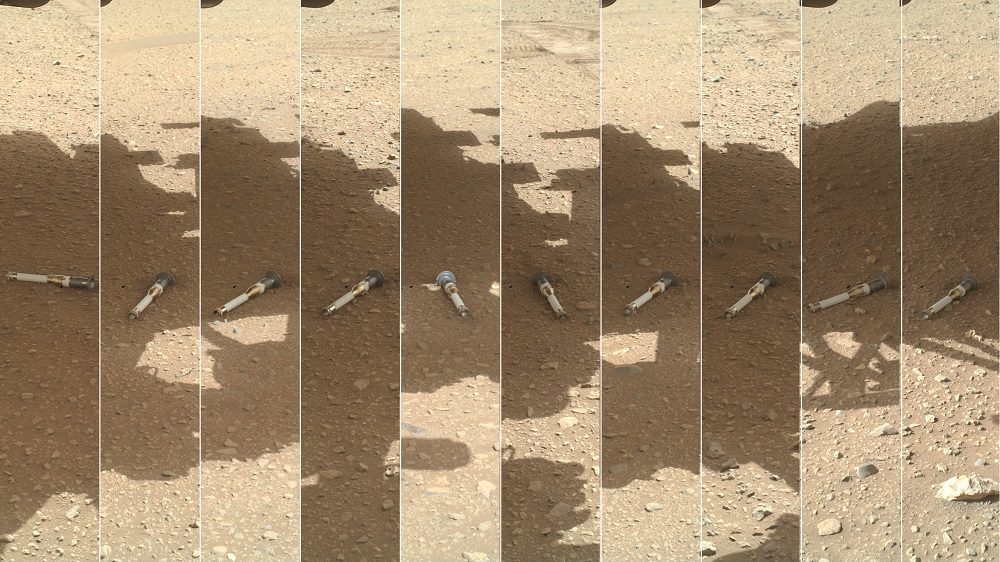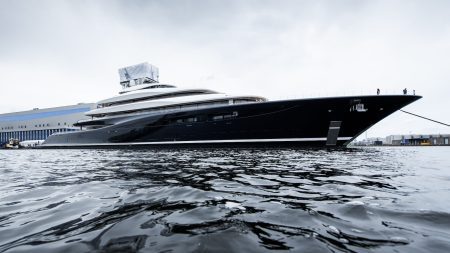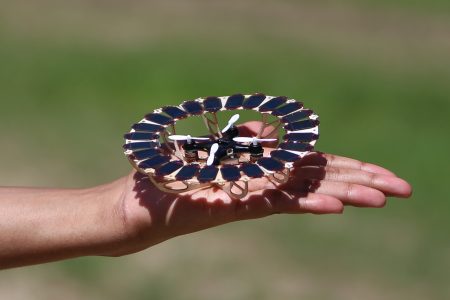NASA is open to considering new plans for its Mars Sample Return program that might bring back only 10 sample tubes, instead of the originally planned larger number.
NASA issued a request for proposals on April 16 for “Rapid Mission Design Studies for Mars Sample Return,” one day after announcing its intention to explore ideas for reducing the cost and speeding up the schedule for returning samples. The agency had revealed on April 15 that its current approach would cost up to $11 billion and not result in sample return until 2040, a schedule and budget that agency leaders deemed unacceptable.
NASA is inviting proposals for studies of different approaches that could bring back samples collected by the Perseverance rover more quickly and at a lower cost than the current plan. These approaches could incorporate elements of the MSR architecture being developed and features of the Artemis program, such as the Space Launch System, as well as new capabilities.
The request for proposals outlines two requirements for any mission design. One is that the mission must meet planetary protection requirements to prevent contamination of the Earth by Martian samples. The other is that the alternative designs must bring back at least 10 samples collected by Perseverance, including those on the rover itself or in a cache of 10 sample tubes left by the rover on the surface in the “Three Forks” region in early 2023.
During the April 15 briefing and a subsequent town hall meeting on MSR, NASA officials indicated that they would consider proposals that returned fewer than the 30 samples planned in the current approach, although they did not specify a number at that time due to the impending release of the request for proposals.
Some scientists have expressed private concerns about the lower limit of 10 samples, feeling that bringing back so few samples would significantly reduce the scientific value of the mission. They argue that this loss of scientific value would not be justified unless it also substantially cut the cost and schedule of the program.
The independent review board, in its assessment of MSR last fall, also recommended bringing back as many samples as possible. “The cache of samples deposited at Three Forks is return worthy but is not an optimal sample set because it does not represent the full diversity of geologic environments along the rover’s traverse that could preserve signs of life,” its report stated. The samples currently on Perseverance “are of very high scientific value – higher than the cache at Three Forks.”
NASA’s response to that independent review concluded that while returning a full set of 30 samples was still desired, “NASA considers the 10 sample tubes deposited at the Three Forks depot to be an available cache for alternatives to the revised architecture and is scientifically worthy of return.”
In the call for proposals, the agency says it wants to bring back “as many scientifically valuable samples as possible” with a minimum of 10. “Samples currently being carried by the Perseverance rover are considered of greater scientific value than the samples at Three Forks Depot.”
NASA will use other measures to assess different plans for MSR, such as bringing back samples quickly and reducing the total cost and annual funding. NASA wants a simpler mission but hasn't explained how it will measure complexity.
NASA expects proposals for mission studies by May 17th and plans to give out several awards of up to $1.5 million each. Final reports are due to NASA in October.
NASA intends to use the studies to guide its MSR program revamp, but it's not clear if the winners of the study contracts will have any advantages in the assessment. NASA officials stated that there are no plans to turn MSR into a competitive mission like other agency programs, such as Discovery and New Frontiers.
According to Nicola Fox, NASA’s associate administrator for science, the agency will not follow the New Frontiers model for MSR. They are seeking different ways to design the program and will decide on the path forward after receiving the studies.









